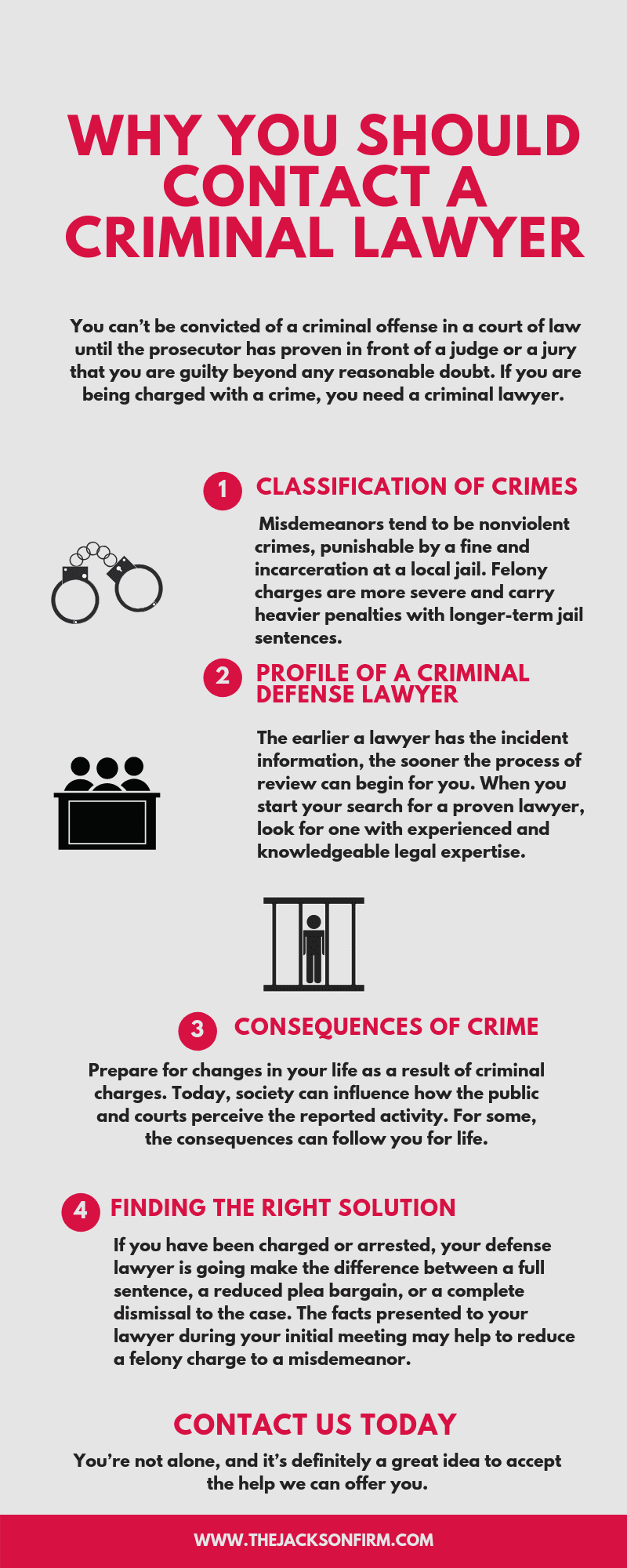What Happens Throughout A Criminal Test: A Detailed Introduction
What Happens Throughout A Criminal Test: A Detailed Introduction
Blog Article
Author-Winters Carter
When you enter a criminal trial, you could be amazed by the organized process that unfolds. It all begins with jury selection, where potential jurors are scrutinized for biases with an approach called "voir dire." Afterwards, both sides present their opening statements, establishing the stage for the evidence and testimonies to comply with. You'll see how the prosecution and protection construct their cases, however what occurs next can considerably influence the result. Understanding these phases can expose the intricacies of justice, but there's more to uncover about the defining moments that comply with.
Jury Option Refine
When it involves the court choice process, you're diving into a critical stage of a criminal trial. This procedure, often called "voir dire," involves wondering about possible jurors to guarantee they're unbiased and efficient in supplying a fair decision.
You'll see both the prosecution and defense attorneys participating proactively, each intending to pick jurors who align with their instance's story.
Throughout voir dire, you'll see that attorneys ask concerns about jurors' backgrounds, ideas, and experiences. Their goal is to determine any pre-existing biases that could affect a juror's choice. As a juror, you may really feel a mix of anxiety and inquisitiveness, however your sincerity is essential.
After questioning, attorneys can challenge details jurors for reason if they think a juror can not continue to be impartial. They can additionally make use of a limited number of peremptory difficulties to dismiss jurors without mentioning a reason.
Trial Phases Explained
The phases of a criminal test play a vital role in guaranteeing a fair and organized process.
You'll first experience the opening statements, where both the prosecution and protection detail their situations. This sets the stage of what's to come.
Next, the prosecution presents its evidence and witnesses, intending to confirm the defendant's regret beyond a sensible question. You'll see direct examination adhered to by cross-examination, enabling both sides to test today information.
After the prosecution rests its instance, it's the defense's turn. They'll offer their proof and witnesses, frequently focusing on developing reasonable question. You'll discover that the protection doesn't need to confirm virtue; they simply need to test the prosecution's case.
Once both sides have offered their arguments, you'll listen to closing statements, where each event summarizes their instance. This is critical as it reinforces their settings before the jury ponders.
Throughout these stages, the court guarantees that the trial complies with legal requirements which the rights of both events are secured.
Recognizing these stages will assist you appreciate the complexities involved in a criminal trial and the relevance of each step in the quest of justice.
Decision and Punishing
Nevertheless evidence has been presented and arguments made, the jury or court supplies a verdict, determining the offender's guilt or innocence. If domestic violence defense lawyer of the jury, you'll ponder with your other jurors, going over the proof and your impressions. This process can take some time, as you'll wish to ensure everyone settles on the verdict based on the truths.
As soon as a judgment is reached, it's announced in court. If the defendant is found guilty, the following phase is sentencing. This is when the court determines the ideal penalty. You may notice that various aspects influence the sentence, such as the intensity of the crime, the offender's past record, and any type of mitigating situations.
The court might enforce a variety of sentences, from fines and social work to jail time. In some cases, the defense or prosecution can present disagreements regarding sentencing, trying to guide the court's choice.
If the defendant is found not guilty, they're acquitted, and no penalty follows. Keep in mind that a guilty decision can usually bring about allures, where the offender may challenge the verdict or the sentence enforced.
Conclusion
In a criminal trial, you've seen how essential each step is, from jury selection to the final judgment. You've followed the prosecution and defense as they construct their situations, intending to convince the jury. As soon as consideration completes, the judgment figures out the outcome, and if the accused is condemned, the sentencing stage starts. Understanding these procedures assists you appreciate the intricacies of the justice system and the importance of each duty in guaranteeing a reasonable trial.
